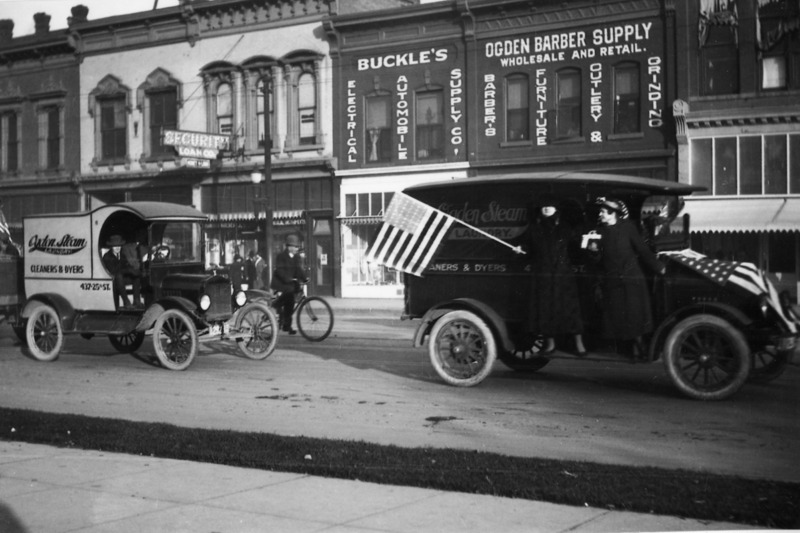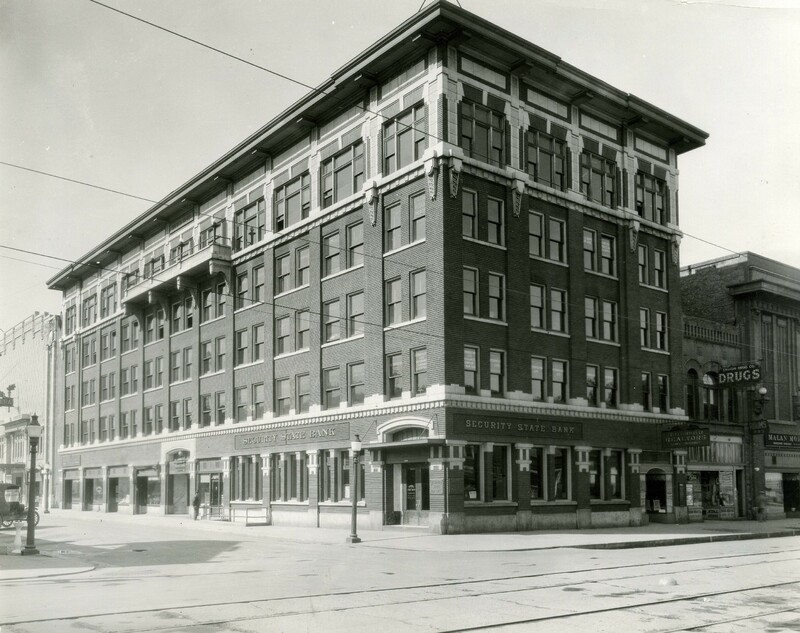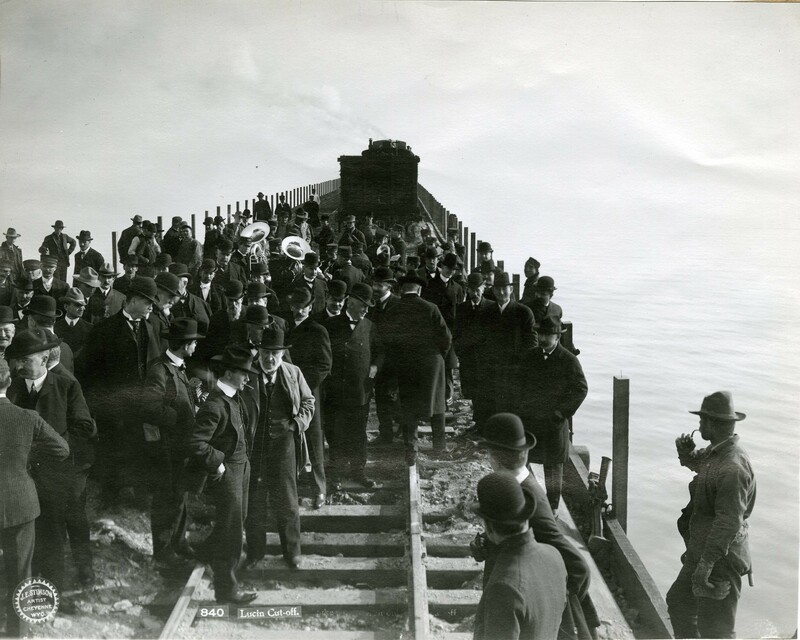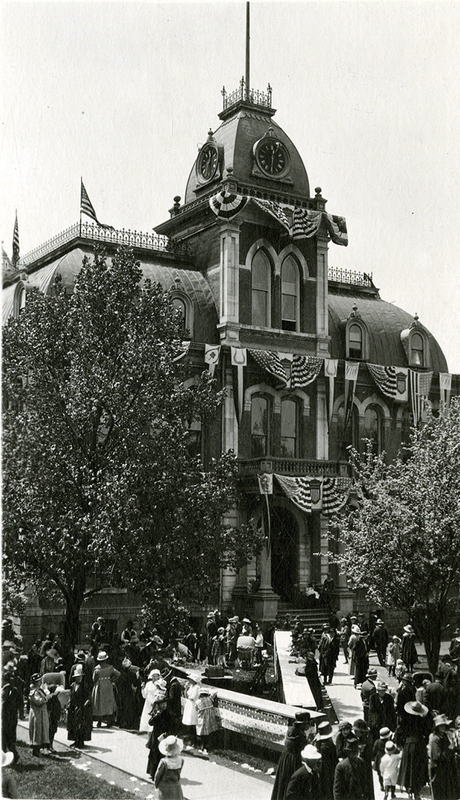Progressive Era
After statehood, Utahns focused on modernization. Telephones improved communication, cities added electricity, and automobiles and tractors replaced horse drawn transportation. Dammed rivers and irrigation systems brought a constant supply of water to farmers. For white settles, the West had been tamed.
But indigenous people suffered greatly at this time. Buffalo herds were gone, cutting indigenous people off from a major food source. They were also cut off from most of their traditional hunting and gathering sites as more settlers arrived and claimed land for farms and ranches. The Bear River Massacre in 1863 had decimated most of the Northwestern Shoshone population. Survivors settled in communities in Corrine and Washakie, but eventually most were forced to the reservation at Fort Hall.
Political Progressivism grew in popularity in the United States and in Utah. Leading the national fight for women’s suffrage were Utah women. Their local clubs also took on other issues of the day. They advocated for children and working women, and argued for improved city sanitation to combat outbreaks of disease. At the beginning of World War I, many clubs also began working with the recently formed Weber County Red Cross chapter to roll bandages and assist with other services.
The Great Depression hit Utah especially hard. Utah’s unemployment rate in 1933 was 35.8%, the fourth highest in the nation. 30% of Utah’s banks failed, the wage level fell by 45% and many families lost their homes. FDR’s New Deal included funding for the Works Progress Administration, which built roads, buildings and other public works projects. Local leaders took advantage of the program, organizing several construction projects in Weber County, including Ogden High School, the city/county building, and the Forest Service building. Ogden mayor, Harman Peery, also organized the first Pioneer Day celebration and rodeo in 1934 to help stimulate the local economy.



